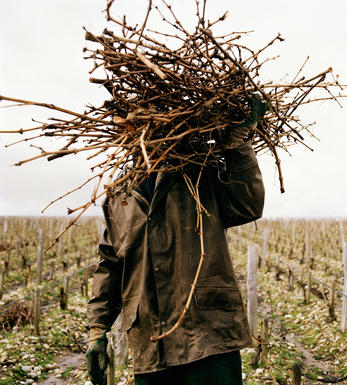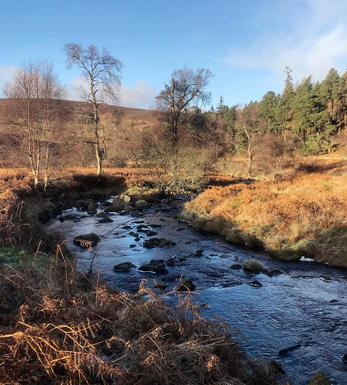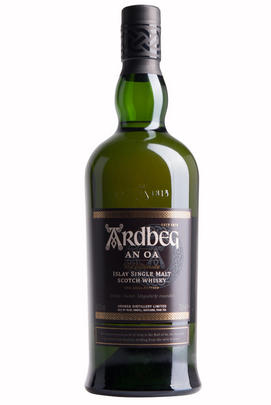
About this SPIRIT

Ardbeg Distillery, Islay
The origins of Ardbeg (which in Gaelic means small headland) Distillery date as far back as 1794. John MacDougall established the present distillery on the south coast of Islay in 1815 and it was fully operational by 1817. The MacDougall family retained ownership until 1977 when Hiram Walker gained control. However, with most of its output used in blending, Ardbeg struggled to remain viable during the economic downturn of the 1970s, resulting in it being run on a care and maintenance basis from 1983. The distillery closed in July 1996, only to reopen in 1997.
Ardbeg maintains the robust and earthy aromas associated with Islay malts. Described as having a hefty bite and a rich finish, flavours detected include peat smoke, seaweed, sawdust and iodine.
Glenmorangie Plc bought the distillery in 1997. The new owners revived the tradition of producing a very peaty single malt. All the production is sold as single malt (which is rather unusual in the world of whisky). In 2019, a new still house was built to keep up with the increasing demand for this single malt. However, due to the Covid pandemic, it wasn’t opened until March 2021. Ardbeg is now the third most important Islay malt, with a range of limited releases showing its constant experimentation.

Islay Whisky
The whisky region of Islay (pronounced eye-la) is arguably the most important 200 or so square miles in the whisky world. On the face of it Islay just another island of the Inner Hebrides. It lies in Argyll just to the west of Jura and around 25 miles north of the Irish coast, which can be seen on a clear day.
The island's fame as far as whisky goes is due to the 8 distilleries currently in production and the vast tracts of peat that cover most of the island's surface. The whisky distilleries are: Ardbeg, Bowmore, Bruichladdich, Bunnahabhain, Caol Ila, Kilchoman (this is the newest distillery on the island which started producing spirit in 2005), Lagavulinand Laphroaig.
The 8 distilleries with whisky for sale can be divided up, depending on the amount of peat used. The `big 3' are Ardbeg, Lagavulin and Laphroaig who all produce powerful smoke laden whiskies. The new malt produced by Kilchoman is also very powerful indeed.
Occupying the middle ground are Bowmore and Caol Ila. The whiskies produced at Bruichladdich and Bunnahabhain are in peat terms at least, the lightest.
There were more distilleries in the past: Port Ellen closed in 1983 while the Lochindaal at Port Charlotte closed in1929. The buildings at Port Ellen are however still in use, it is here that malted barley for the island's distilleries is produced.



Buying options
Add to wishlist
spirit at a glance
Delivery and quality guarantee